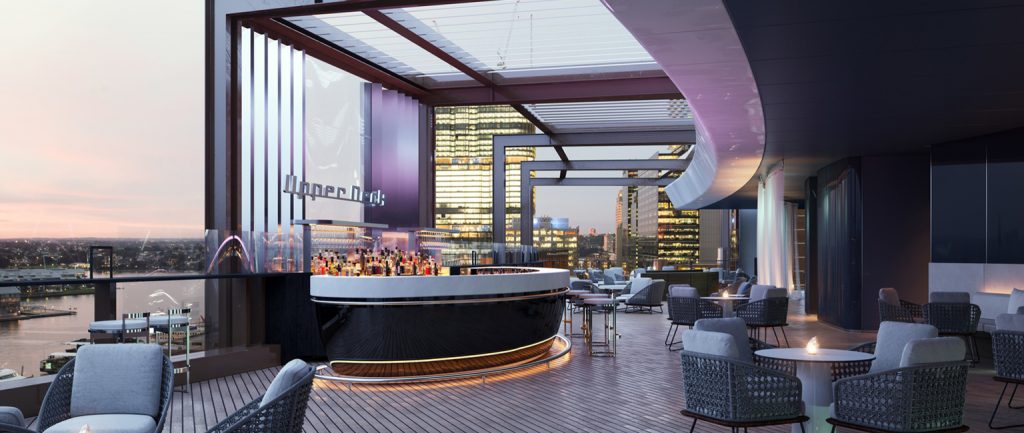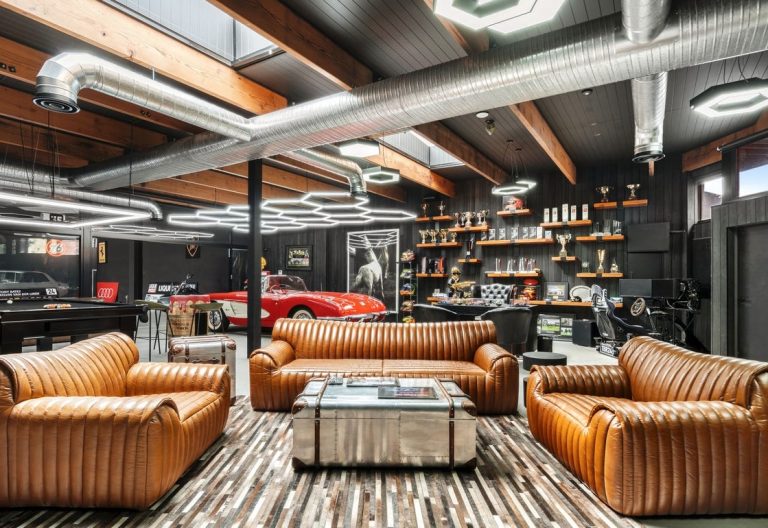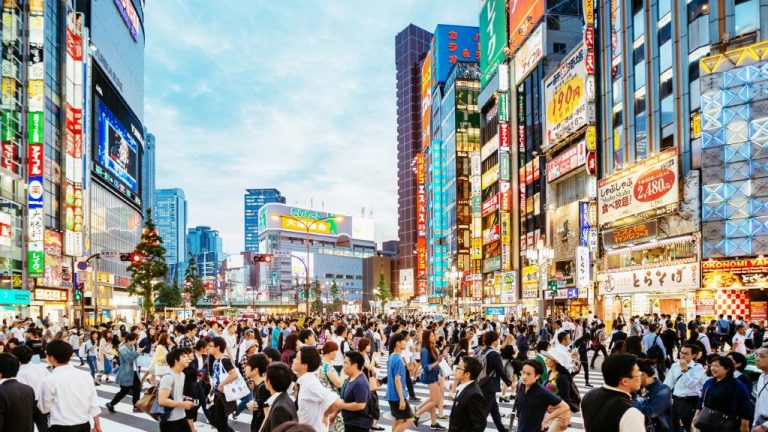Top five trends in hotel design

Gone are the days of hotels being a simple “pay and stay” exercise.
Hotel guests now expect much, much more from their accommodation experience, and hotel operators know it.
In a bid to match patrons’ expectations and lure fresh clientele, hotels are throwing new and creative ideas into their offerings.
Commercial Insights: Subscribe to receive the latest news and updates
These are the top five trends in hotel design to watch for, according to leading architecture and design firm Bates Smart.
1) Diffusion brands
While familiarity can be a source of comfort for regular travellers, hotel customers are increasingly seeking unique experiences when they stay.
Bates Smart studio director of interior design Brenton Smith says hotels have responded by creating diverse offerings under different brands, which allows them to appeal to numerous demographics.

Hotels need to appeal to different demographics, and offer bespoke experiences.
“With potentially five generations in the workforce at present, no business can afford to narrow their offering,” Smith says.
“It is no longer necessary to give the international traveller a uniform global aesthetic as a safe haven…people want authenticity and to know where they are, and to feel it.”
2) Personalised visits
There’s nothing worse than feeling like you’re just another number as you traverse the globe.
Hotel guests now want a level of personalisation when they stay, and hotels are responding by capturing increasing amounts of guest data to understand each guest’s preferences and tailor their hotel experience accordingly.
Smith says the devil is now in the detail.

It’s the little touches that hotel patrons are now looking for.
“Operators need to know more about their guests want – from dressing the room, right down to their favourite coffee, pillows, lighting and whether they prefer welcome chocolates or a bowl of fresh fruit,” he says.
“These are the details that make guests feel important. Guest data collection allows hotels to craft these bespoke experiences. And operators have to create unique offerings given today’s guests are seldom loyal to any particular brand, with rewards schemes no longer the attractive lure they once were.”
3) Creating communities
Hotel lobbies are now expected to be much more than simply a place to check-in.
New and revamped hotels are using lobbies to create social hubs where guests and visitors can socialise and work collaboratively, in a similar way to co-working.

Lobbies are now spaces where people can meet and work collaboratively.
“Lobbies are evolving into social spaces, with free wi-fi and events to activate the venues 24 hours a day,” Smith says.
“Technology has freed the lobby from being just a check-in facility and now this space is working harder. Blurring the boundaries between guest space and a public destination widens the market for hoteliers, creating an impetus to maximise public space usage to stay relevant and profitable.”
4) Making wellbeing work
Wellbeing is more than just a corporate buzzword these days – in the hotel industry it’s become both an expectation and a requirement.
More natural light, fresh air and views, yoga mats in rooms, juice bars and organic snacks, as well as facilities like health spas and fitness classes are among the ideas that are becoming standard.

Hotel patrons now expect a new standard of facilities and services.
Smith says that with the world’s population progressively ageing, hotels are also beginning to look to the healthcare sector in order to offer a better product and service.
“We have already developed a holistic design approach for wellbeing in healthcare.”
“I expect that will filter through to how we design in the hospitality sector – to create services that are both luxurious and nurturing, with a sense of wellbeing for the ageing population.”
5) New builds, more options
If hotel guests in Australia and the Asia-Pacific weren’t already spoiled for choice, things are about to tip even further in their favour.
Pressure on both new and established providers to compete for market share means more new hotels entering the pipeline, as well as expansions of existing hotels offering new experiences and facilities.
Smith says the breadth of potential accommodation options is continuing to grow, from luxury suites to modern concepts like sleeping pods.
“Guest loyalty to brands has waned; it is now all about the authentic experience,” he says.
“I think we will see infinite diversity as hotel chains de-brand and create increasing numbers of diffusion brands, or offer a wider variety of accommodation options – from serviced apartments to dorm rooms to hotel suites in the one mix. The demand for diversity is exponential.”







